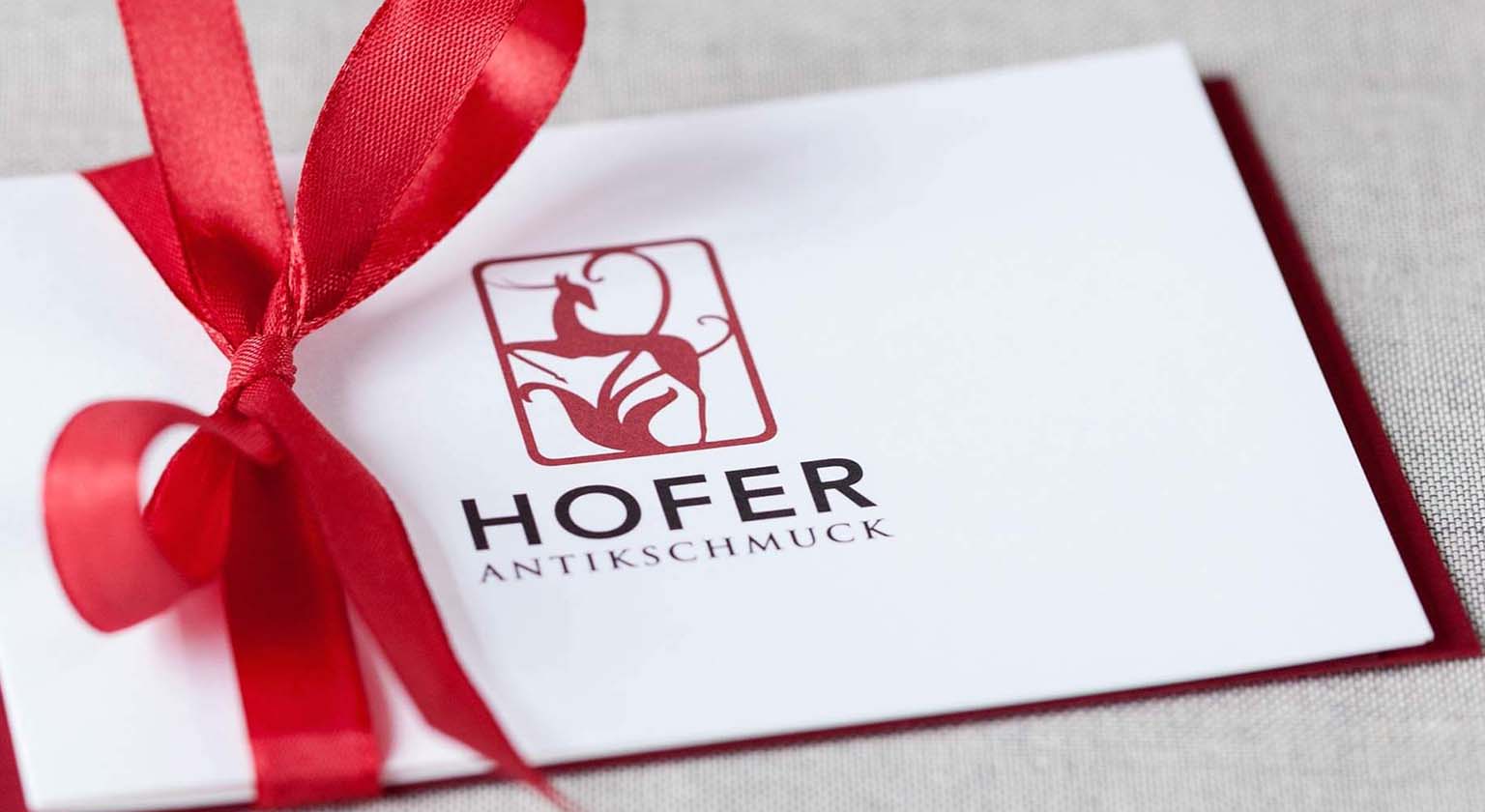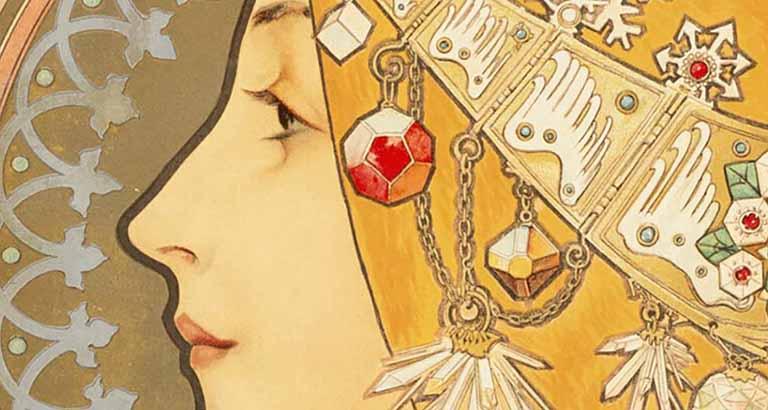t the end of the 19th century, the veneration of historic styles was being questioned more and more. Instead of looking for new models from the past, artists across Europe experimented with beforehand unused and unseen forms from the natural kingdom or geometry.
The railroad and gas light, reform fashion and new modes of communications and also the great social upheavals of the time had dramatically changed daily life in all European countries states at the end of the 19th century. The Renaissance, the Baroque and the Middle Ages could no longer be the stylistic model for shaping the world. Rather, a generation of young artists all across Europe decided that art should correspond to its own time. But what should this art look like?
In France and Belgium, the answer was found in the realm of nature. Art Nouveau, the “new art” of the years around 1890, was inspired by elegant curves reminiscent of the stems of water plants. Hector Guimard and René Lalique invented shapes that sway like hair blowing in the wind. Elegant birds, mysterious plants and young women now became the most popular design motifs – even for jewellery. Vibrant colours were also well-liked at the time, mostly combined with yellow gold or silver. All those pieces are often decorated with highly colourful enamel, used as lining of the wings of dragonflies or coating rich blooms.
In German-speaking countries, these new ideas were gratefully received. A journal appearing in Munich entitled the “Die Jugend” (“The Youth”) gave its name to the style now called “Jugendstil”. But soon after 1900, a penchant for geometry gained the upper hand. The works of Josef Hoffmann of Vienna in particular developed a distinct style that toned down colours and flowing forms, becoming ever more attached to an elegant black-and-white monochromatic style of austere geometric patterns.
At the same time, during the final days of the Belle Époque, Art Nouveau developed into a distinct art movement. It shared its aspiration to design the whole of life with upcoming classic modernism – from houses to dresses to rings. However, Art Nouveau jewellery remained unique in one respect, as it was always an art form of luxury. Made by but a few artists for a small group of buyers. Even if it showed us a completely different face in different places – it could always be easily recognised by its preference for precious materials, catchy shapes and the penchant for delicate execution.











